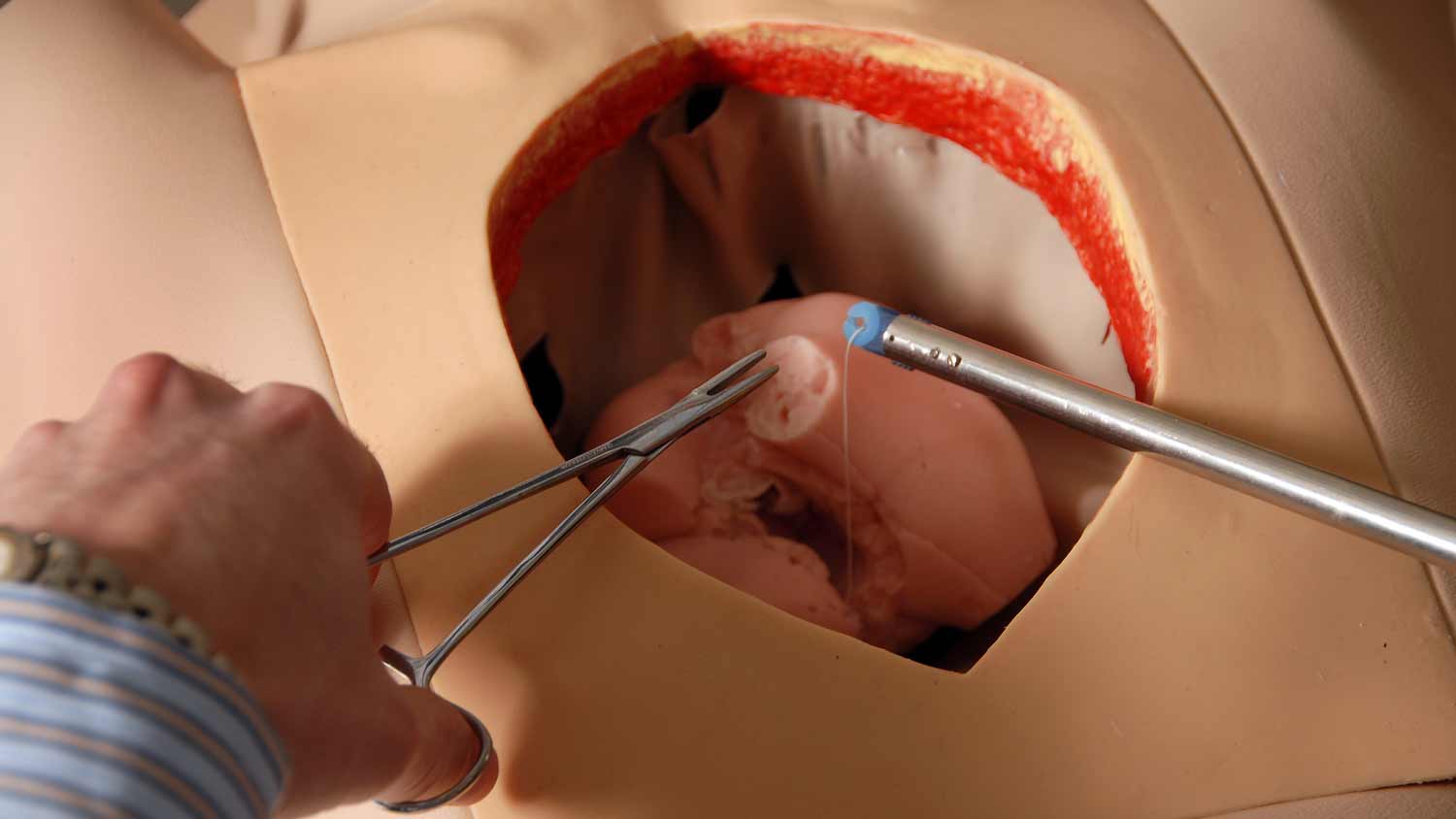electrical and computer engineering
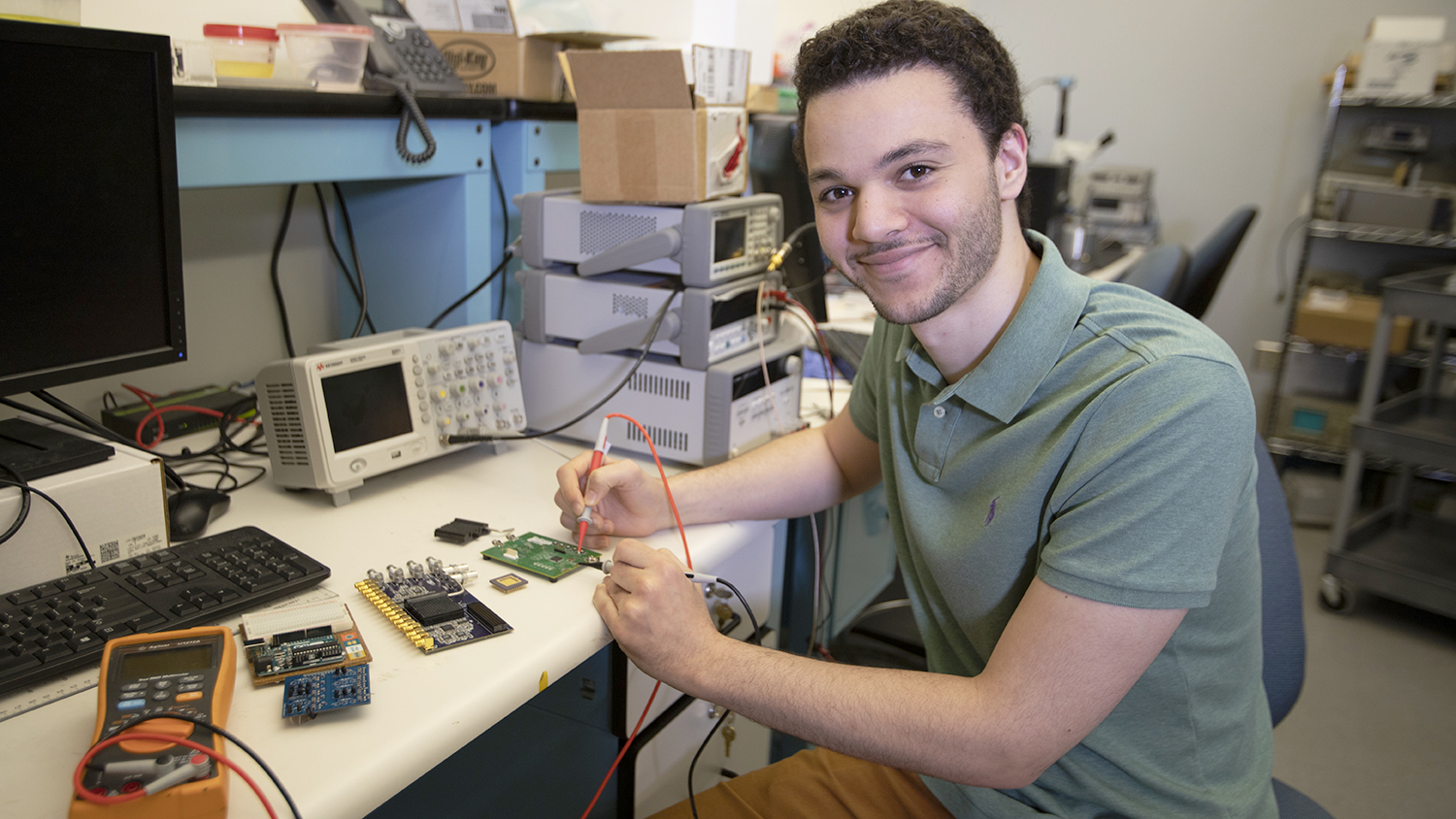
Brain Power
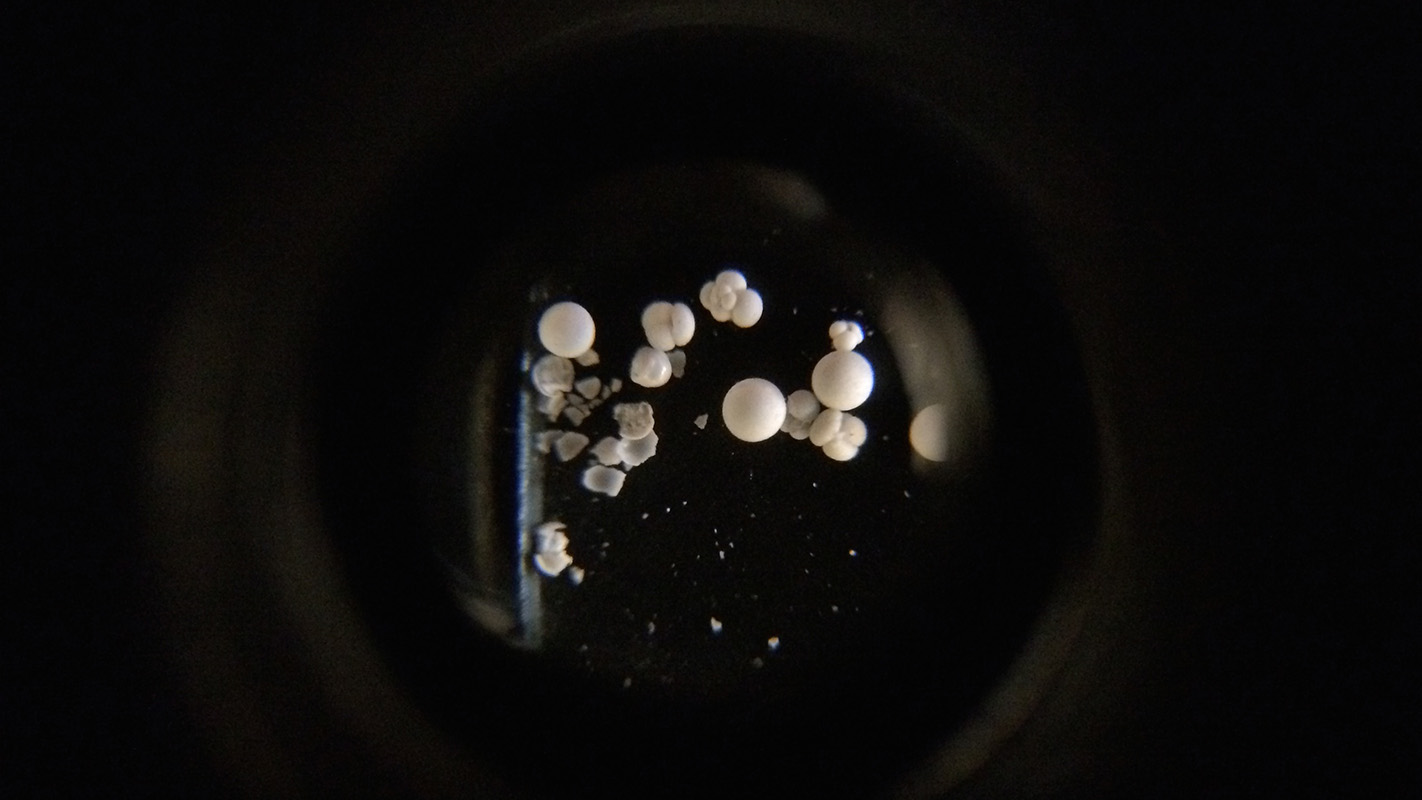
Artificial Intelligence Can Identify Microscopic Marine Organisms

Intelligent Framework Aims To Optimize Data Transfer in 5G Networks
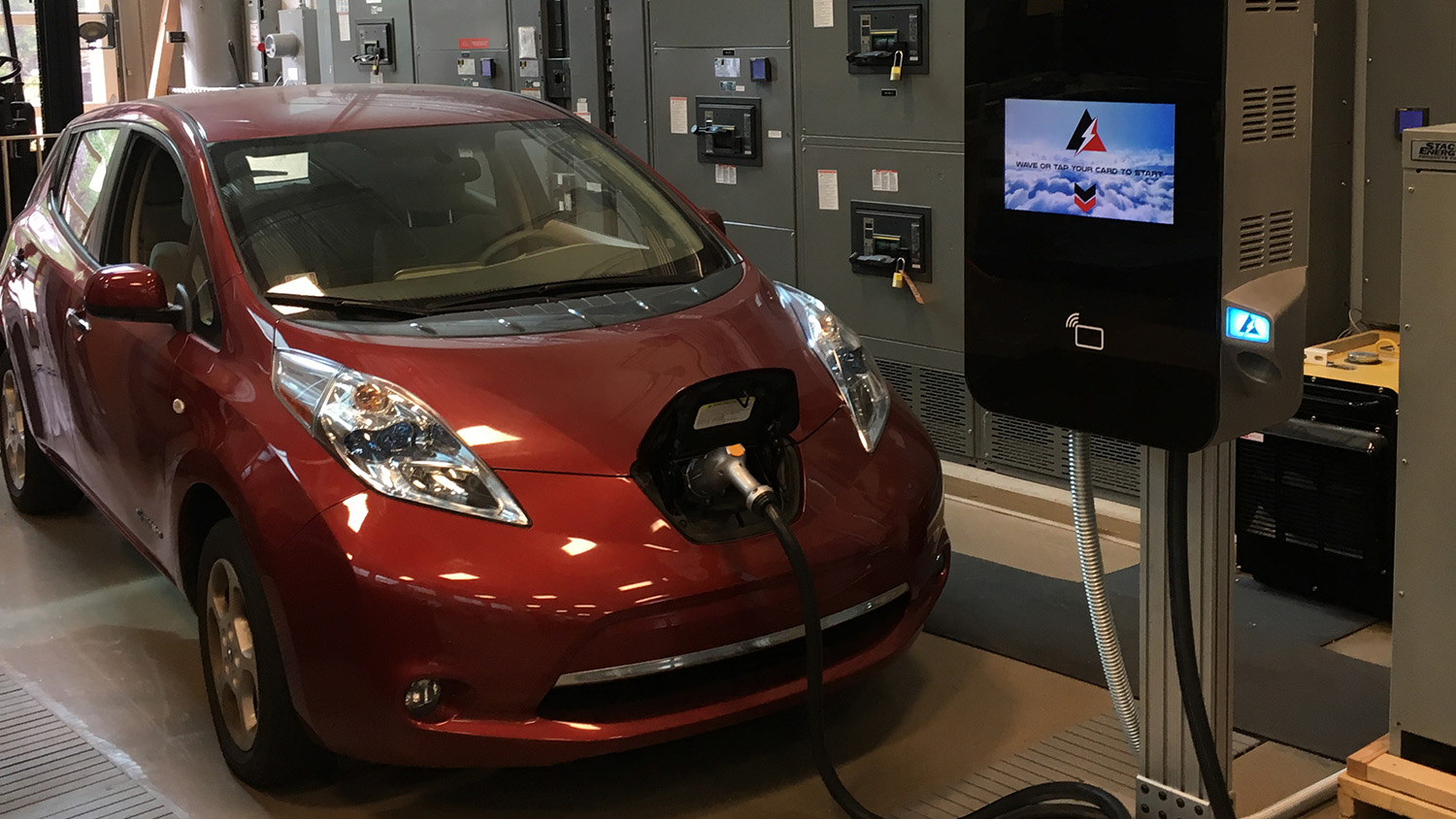
New Electric Car Charger Is More Efficient, 10 Times Smaller Than Current Tech
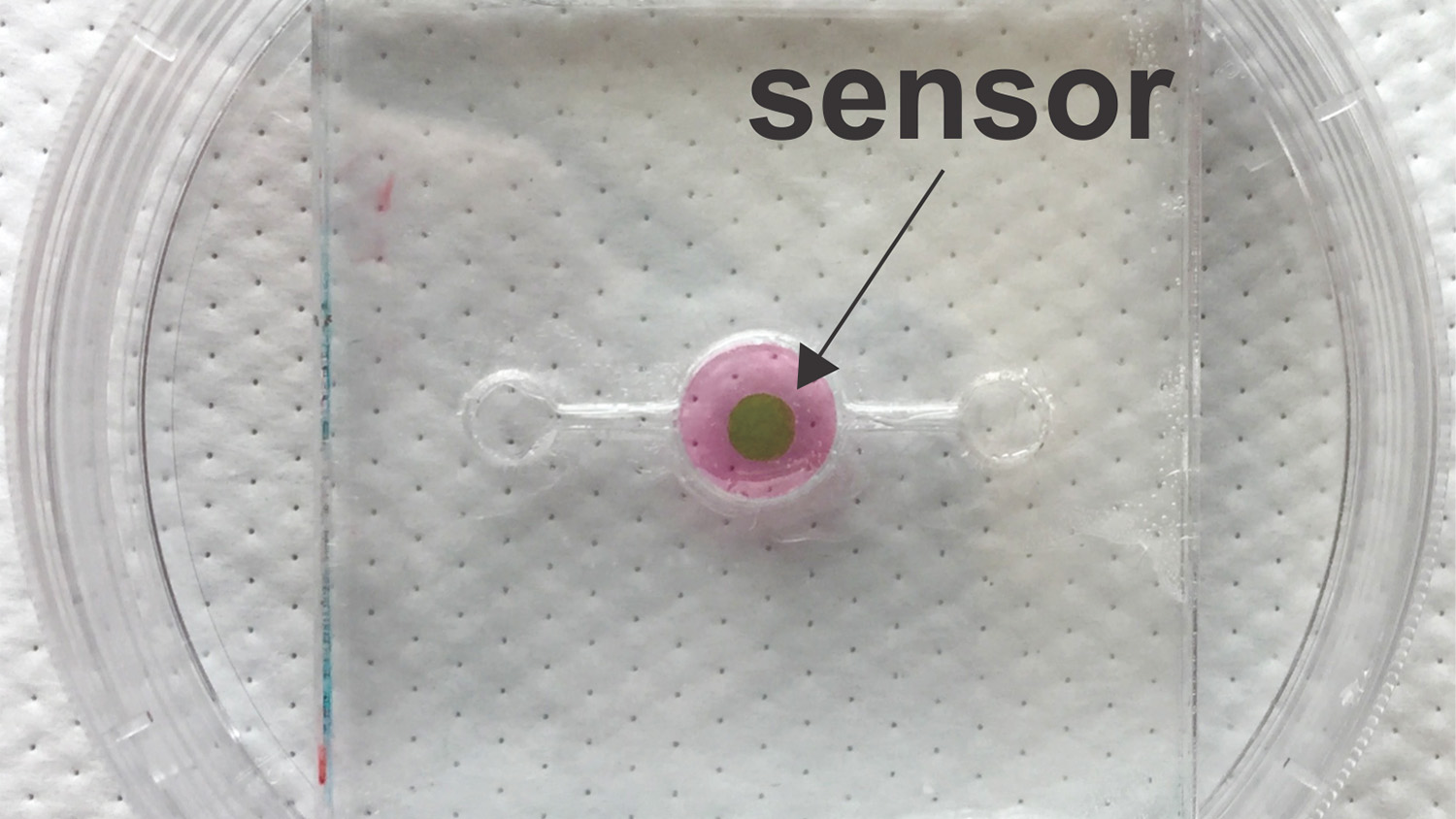
Biosensor Allows Real-Time Oxygen Monitoring for ‘Organs-On-A-Chip’

Model Fuses Social Media, Remote Sensing Data With Goal of Identifying Nuclear Threats
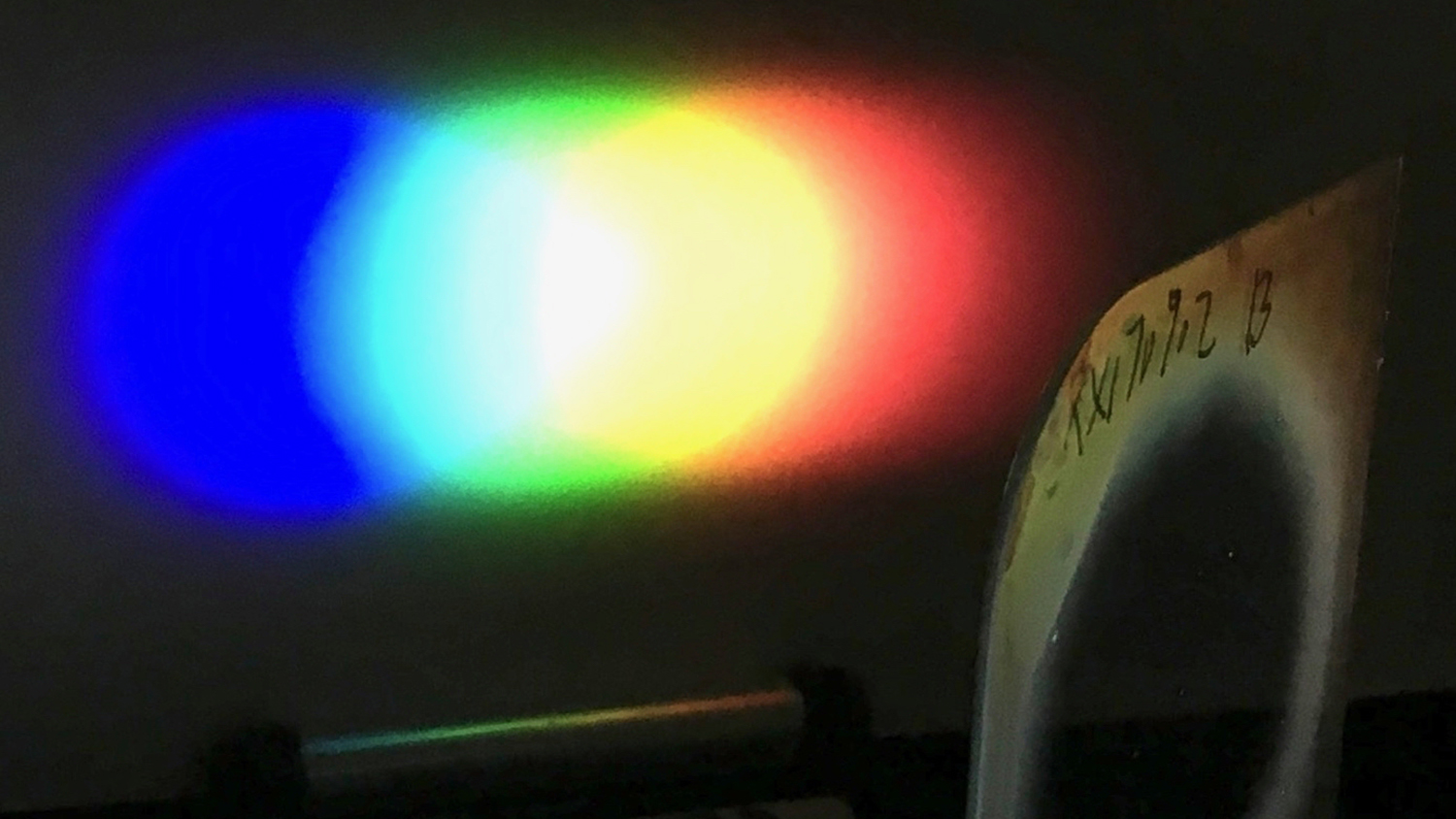
Tech Bends Light More Efficiently, Offers Wider Angles for Light Input
New Techniques Boost Performance of Non-Volatile Memory Systems

Streaming on a Wireless Power Connection: Integrated High-Speed Data and Wireless Power Transfer
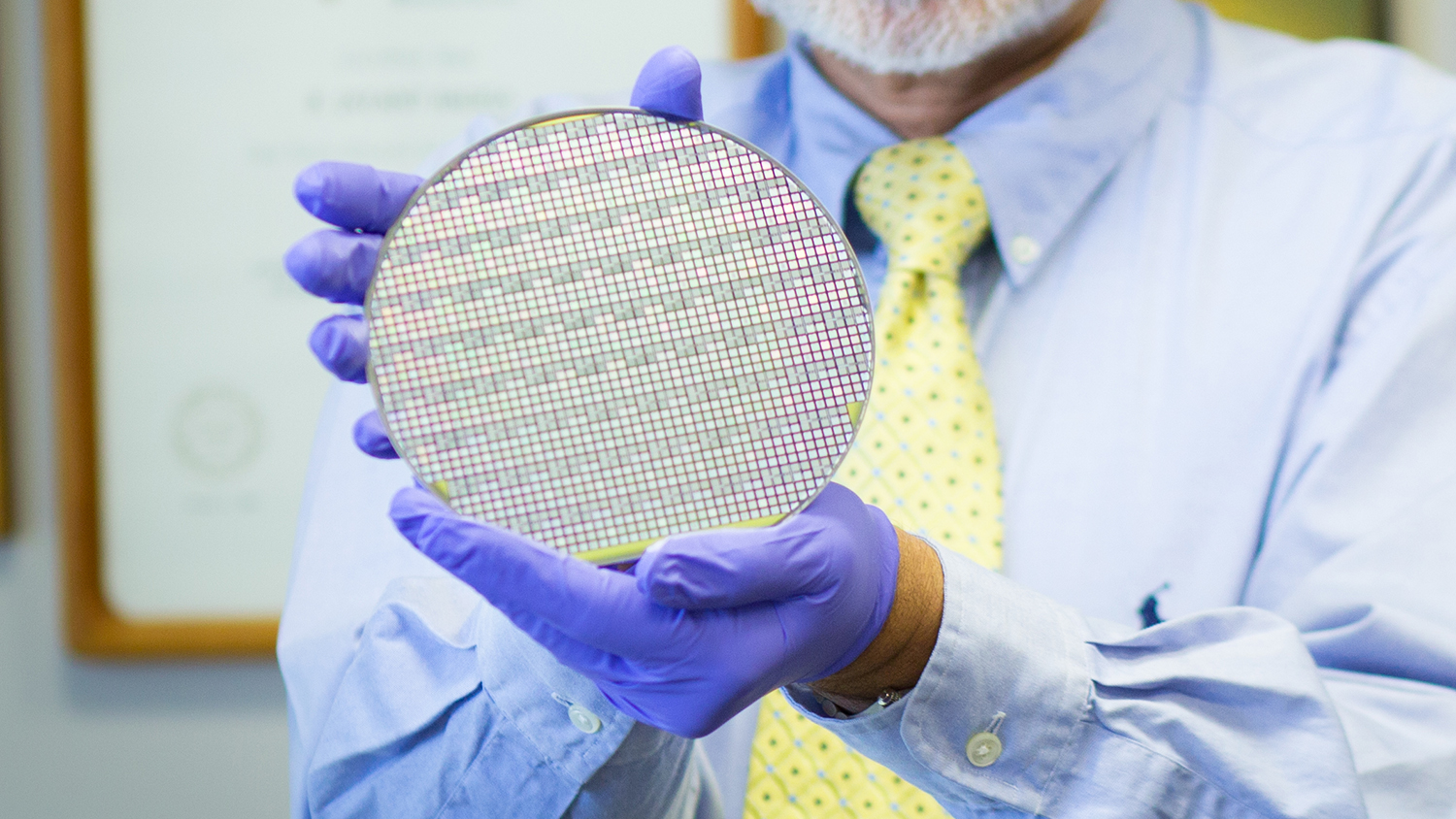
New Manufacturing Process for SiC Power Devices Opens Market to More Competition

NASA Grant Funds Research Into Tracking UAVs

From Transformers to Autonomous Systems
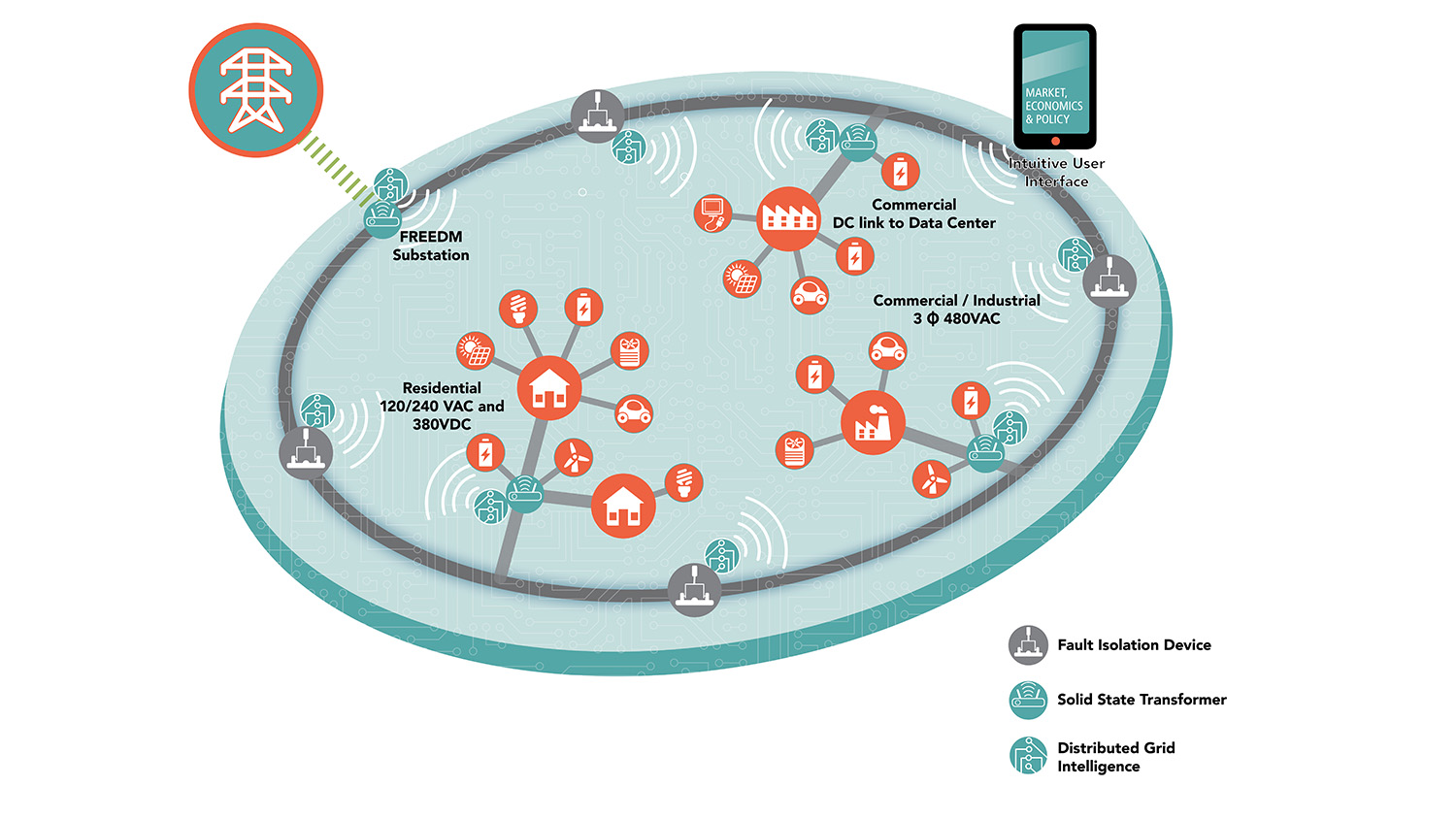
Study Finds ‘Smart’ Transformers Could Make Reliable Smart Grid a Reality
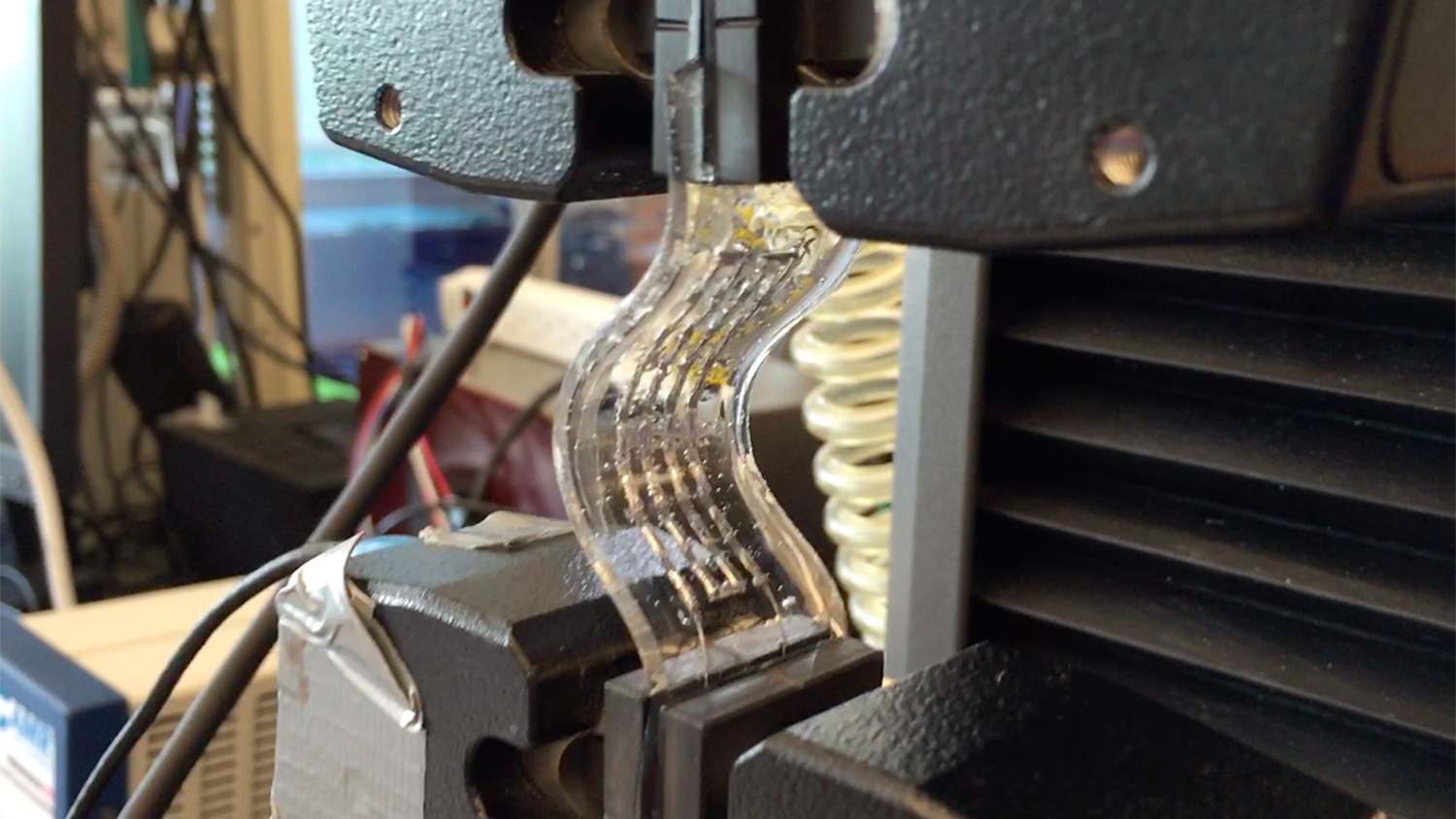
New Design Improves Performance of Flexible Wearable Electronics
